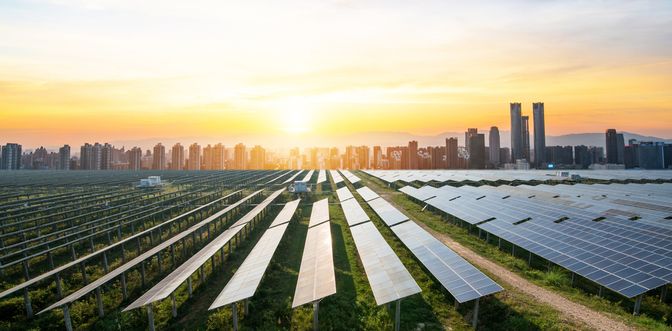
Solar electricity generation reached a record high in Australia's third quarter, contributing to a nearly 70% drop in average wholesale electricity prices. The data offers welcome news to Australian households and businesses grappling with rising energy bills.
The Australian Energy Market Operator (AEMO) reports that wholesale spot electricity prices averaged A$63 per megawatt-hour (MWh) for the quarter — 71% lower than the same period last year.
The decrease was primarily influenced by warmer weather, reducing electricity demand while boosting solar output.
This uptick in solar energy comes amid Australian households installing solar panels at a rapid pace to offset two consecutive years of more than 20% price increases. Solar output for the quarter stood at a record 2,287 megawatts (MW).
Accelerating energy transition
These developments are a boon for the federal Labor government, which is striving to transition Australia's A$2.5 trillion economy away from coal dependence.
The surge in solar installations places increasing economic pressure on coal power plants, accelerating the need for alternative 'firming' capacity to stabilise the grid.
While coal remains a dominant electricity source, its generators face shrinking profits as wholesale prices often dip into negative territory.
AEMO predicts that two-thirds of traditional electricity providers will close within a decade. The decline in coal production is already apparent, with AGL Energy (ASX:AGK) recently shutting down its Liddell power station, pushing black coal generation to a record low.
It’s not all smooth sailing, however.
Solar and wind power are growing, but concerns remain over grid stability during periods without sun or wind. Gas supplies, another grid stabilising option, are diminishing.
ExxonMobil warned that its Gippsland Basin joint venture, a major gas supplier, is rapidly depleting. The scarcity of approvals for new gas developments suggests Australia must look towards large-scale batteries or imported liquefied natural gas (LNG) to bolster its firming capacity.
In the immediate term, gas appears to be a crucial safety net, particularly with an impending El Nino weather system threatening to strain Australia's energy grid.
Continued grid stability may require other infrastructure and energy inputs, potentially including hydrogen, grid-sized batteries, other types of energy storage such as pumped hydro, or thermal energy storage.